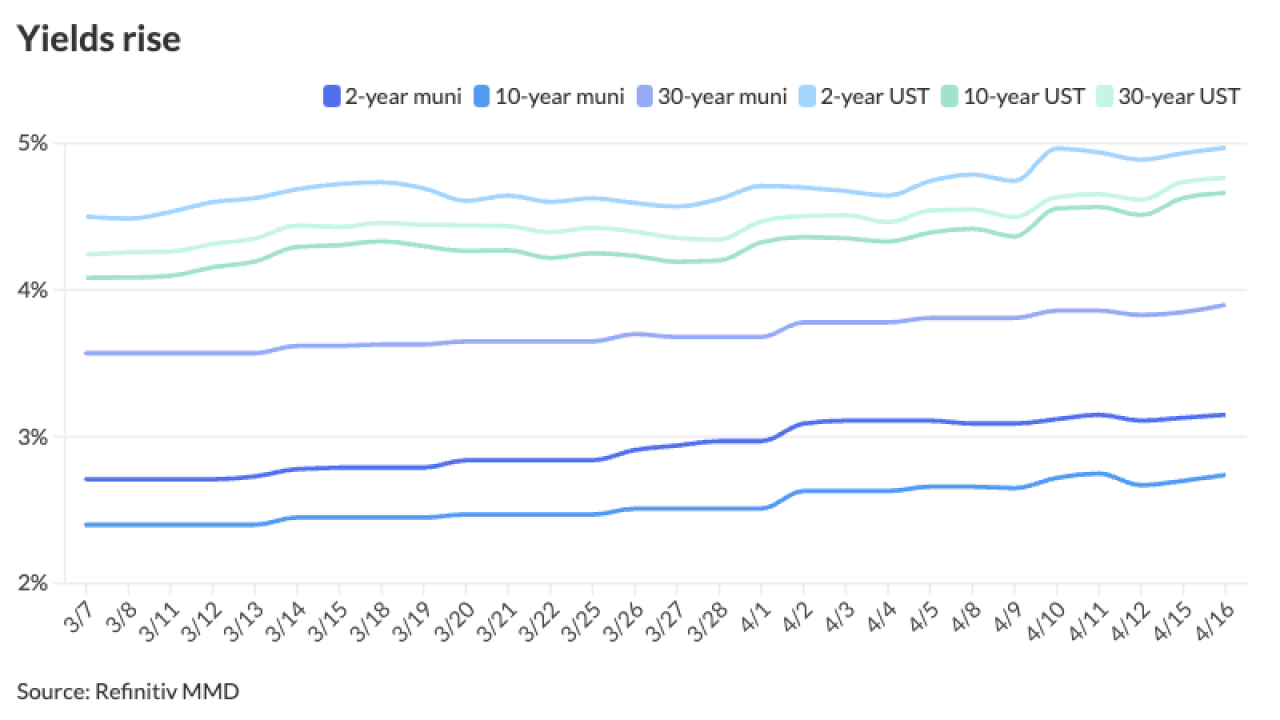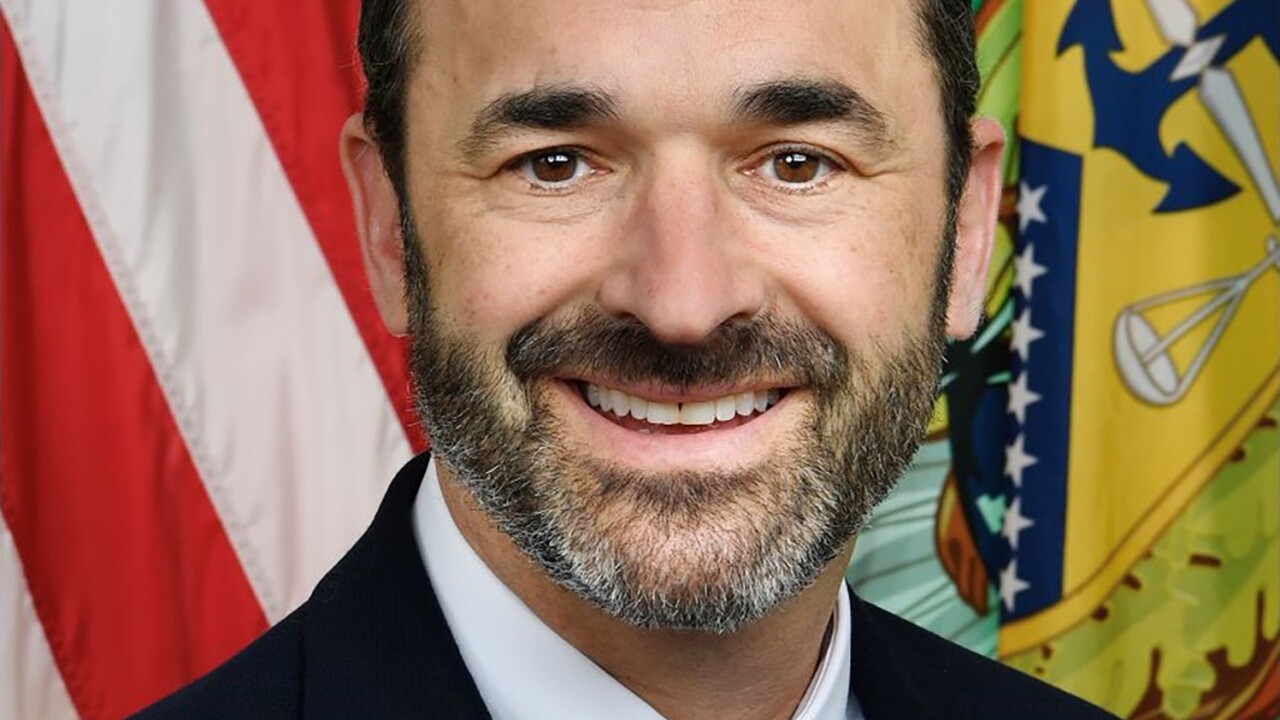DALLAS — A team of developers will receive the proceeds of $400 million of private-activity bonds this month to finance one of the most ambitious public-private toll operations in Texas: a $2 billion project known as the North Tarrant Express.
The tax-exempt PABs will be issued by the Texas Private Activity Bond Surface Transportation Corp. The PABs were approved by the U.S. Department of Transportation last year as part of a $15 billion authorization under the Safe, Accountable, Flexible, Efficient Transportation Equity Act: a Legacy for Users. In early November, SAFETEA-LU was extended by Congress through Dec. 18.
“When we get the proceeds, they’re going to be loaned to the developer, and the only pledge coming back to repay that is going to be the payments from the developer that will be generated from the toll revenues,” said James Bass, chief financial officer of the Texas Department of Transportation. The creation of the nonprofit issuer allowed the bonds to be tax-exempt while separating the debt from any backing by the state.
“Even though it’s clear in all the documents, we just wanted to separate and not confuse the market or other people that the [Texas Transportation Commission] or the state of Texas was in any way responsible for this debt,” Bass said. “So we set up a separate corporation, separate name to hopefully make that even more clear than the documents themselves make that.”
Financing of the North Tarrant Express is designed to transfer risk to the private partnership, and that risk is reflected in bond ratings slightly above investment grade. Fitch Ratings pegs the NTE bonds at BBB-minus, while Moody’s Investors Service rates them at Baa2. Ratings from Standard & Poor’s have not been released.
Construction of the NTE by a consortium known as North Tarrant Express Mobility Partners is expected to begin early next year. NTE Mobility Partners will hold a 52-year concession from TxDOT to design, build, finance, operate, and maintain the first two segments of the NTE. Cintra holds a 57% ownership stake in the partnership, with 33% indirectly owned by Meridiam Infrastructure Finance, and 10% owned by the Dallas Police and Fire Pension System.
“Primary risks for the transaction include the limited amount of meaningful history for this type of asset class and uncertainty associated with toll rates given the highly demand-driven nature of toll rates,” Fitch analysts wrote. “The presence of free alternative competing GPLs [general purpose lanes] directly next to the managed lanes, along with uncertainty relating to the current economic recession could materially impact the congestion on the general purpose lanes.”
The NTE is one of more than $12 billion worth of P3 projects planned in the Dallas-Fort Worth area, according to Carlos Ugarte, head of U.S. business development for Cintra.
“In the next three to five years, the Dallas-Fort Worth area is going to see $12 billion of construction, with only $1 billion of public money,” Ugarte said. “I think in 2011 [state leaders] will see this remarkable success, and I see a very great future for P3 finance in Texas.”
Cintra and its private partners will contribute about $420 million to the NTE, with $570 million coming from TxDOT.
Bass said about $288 million of private-activity bonds will also be used for the redevelopment of Interstate 635, a loop around Dallas that is also known as Lyndon B. Johnson Freeway.
The combination of public and private financing has allowed the Texas Department of Transportation to apply its resources to other projects in the state. But local leaders in North Texas have also complained that their region is getting short shrift in terms of tax funding for construction.
At last month’s meeting of the Texas Transportation Commission, North Texas leaders complained about the region receiving only $126 million in bond proceeds for road projects while most of the $2 billion that was allocated went to other state projects, primarily the widening of Interstate 35 south of Dallas and Fort Worth.
TTC commissioners said they are only following the state Legislature’s guidance in spending the so-called Proposition 12 bond funds, approved by voters statewide in 2007. Lawmakers directed that the Prop. 12 bonds be used on non-toll projects.
The region’s heavy reliance on P3 projects is designed to accelerate construction in the rapidly growing “Metroplex” as Texas continues to struggle with funding formulas for its highways amid declining fuel-tax revenue.
“The financing for the project is really using all available tools,” Bass said. “This is a project that the region has been looking at for 20-plus years. Looking at it through the traditional gas-tax allocation process, it would likely be another 20 years that the region would continue to look at it.”
In addition to the PABs, federal transportation officials have also approved a $650 million Transportation Infrastructure Finance and Innovation Act loan.
The rating agencies also rated the TIFIA loan, with Moody’s setting a lower Baa3 and Fitch rating the loan at BBB-minus, the same as the bonds.
The project includes 13 miles of managed toll lanes in the median of the existing untolled Interstate Highway 820 and State Highway 183, running east-west from the intersection with of IH 820 Interstate 35 north of Forth Worth. The toll lanes will carry traffic towards Dallas-Fort Worth International Airport.
Engineers expect the project to ease save time for drivers on the heavily travelled route.
The concessionaire will be allowed to set tolls, subject only to the requirement that traffic continue to flow freely, and it expects to vary toll rates throughout the day depending on traffic conditions in order to maximize revenues. The project will have a fully electronic open-road tolling system allowing traffic to enter and exit the managed lanes without passing through any toll booths.
Mandatory debt service coverage is projected to rise rapidly, from 1.2 times in the first year of operations to 3.5 times by the fourth year as traffic reaches full volume.
“Lenders will benefit from strong structural protections, including cash-funded debt service and major maintenance reserves,” Fitch analysts noted. “This helps to mitigate the high degree of uncertainty surrounding the willingness of users to pay the rates upon which the sponsors’ forecasts are based — which are well above those charged by ordinary toll roads.”





